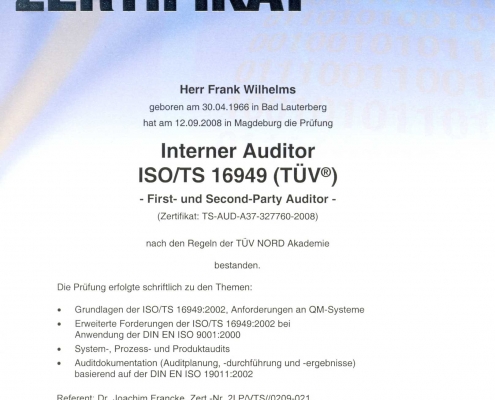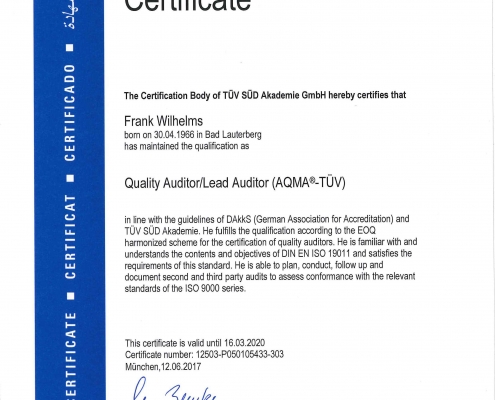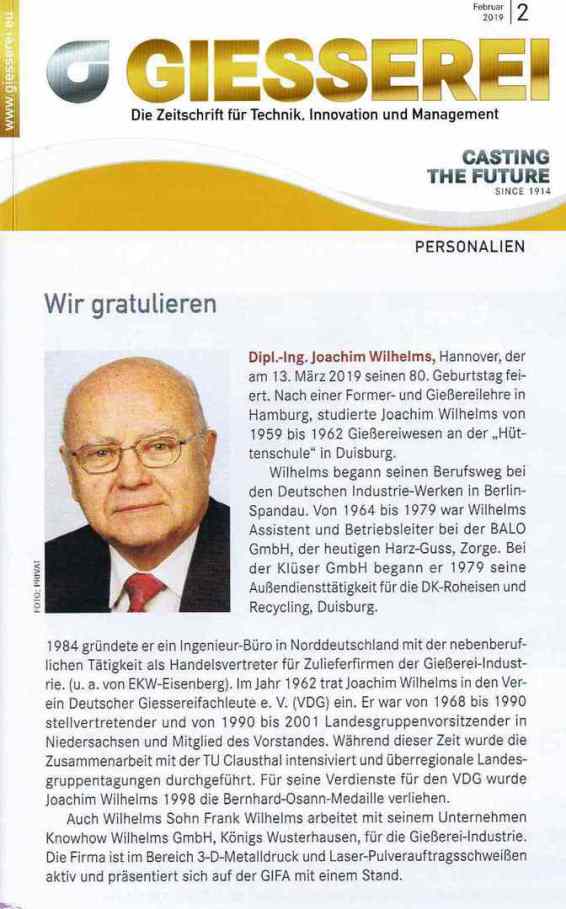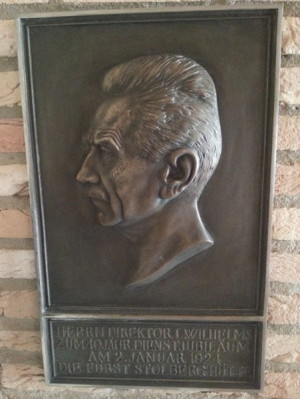Seemann – I. Maschinist (LI) Herrmann Lühring

Geboren 16.11.1906
Aufgewachsen in Hannover Hainholz
23.05.1927 musste er sein Maschinenbaustudium abbrechen, da sein Vater durch einen Bahnunfall gestorben war, somit ging er zur Hochsee Fischerei vor Grönland.
Ab 1928 fuhr er in der Maschine auf große Fahrt nach Australien und Chile usw.
Mit der HAPAG Frachter “Höchst” ist er 20.09.1929 auf der indischen Atollinsel Minicoy gestrandet.
Der Teil der Insel war eine Lepra Aussetzigen Station.
Die Fotos darunter zeigen die gleiche Situation wurde vom Schiff Lauterfels fotografiert, welches helfen wollte, aber selbst auf Grund gekommen ist. Die “Höchst” musste aufgegeben werden. Die Mannschaft mussten 3 Wochen warten, bis ein Schiff sie abgeholt hat.







Danach führen Hermann und sein jüngerer Bruder Willi , beide auf versch. Schiffen der Reederei noch häufiger die Route nach Australien, Chile, usw.
Zu Kriegsbeginn mussten Sie als Blockadebrecher nach Hamburg zurück fahren. Herrmann ist dann zur Kriegsmarine eingezogen worden.
16.11.1940 bis 9.5.1945 war er Oberster Maschinist auf dem Sperrbrecher 16 (Tulane).
Im 9-1943 hatte das Schiff schon einen Minen treffer weit draußen, bei dem Herrmann schwimmend die Maschine in gang halten musste.
Das Schiff ist am 11.8.1944 während der Reperatur durch einen Luftangriff im Hafen von La Pallice – La Rochelle gesunken.
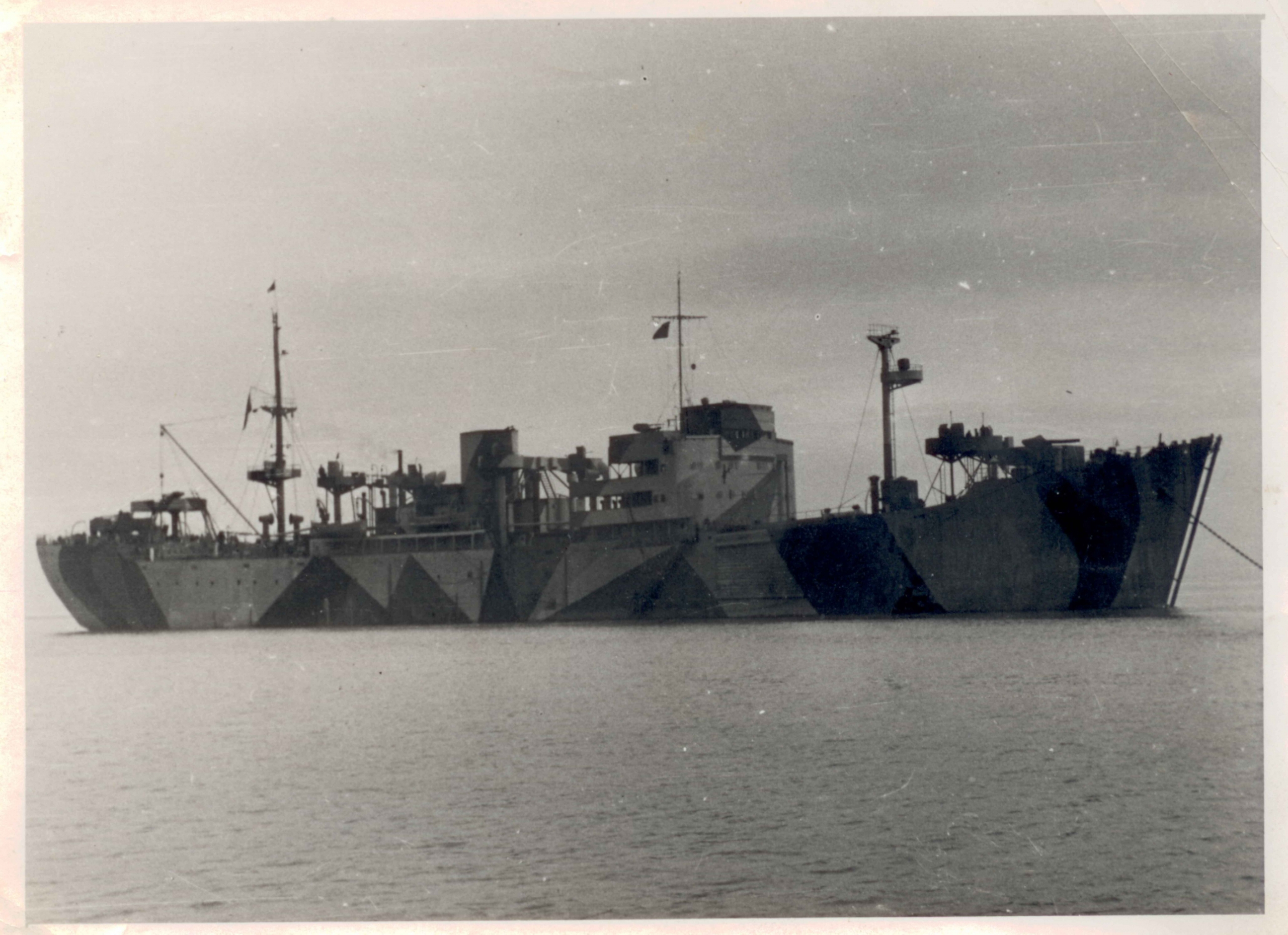

Wer die Schlusszene “Ankunft und Luftangriff” aus dem Film “Das Boot” kennt, die wurde genau hier gedreht.

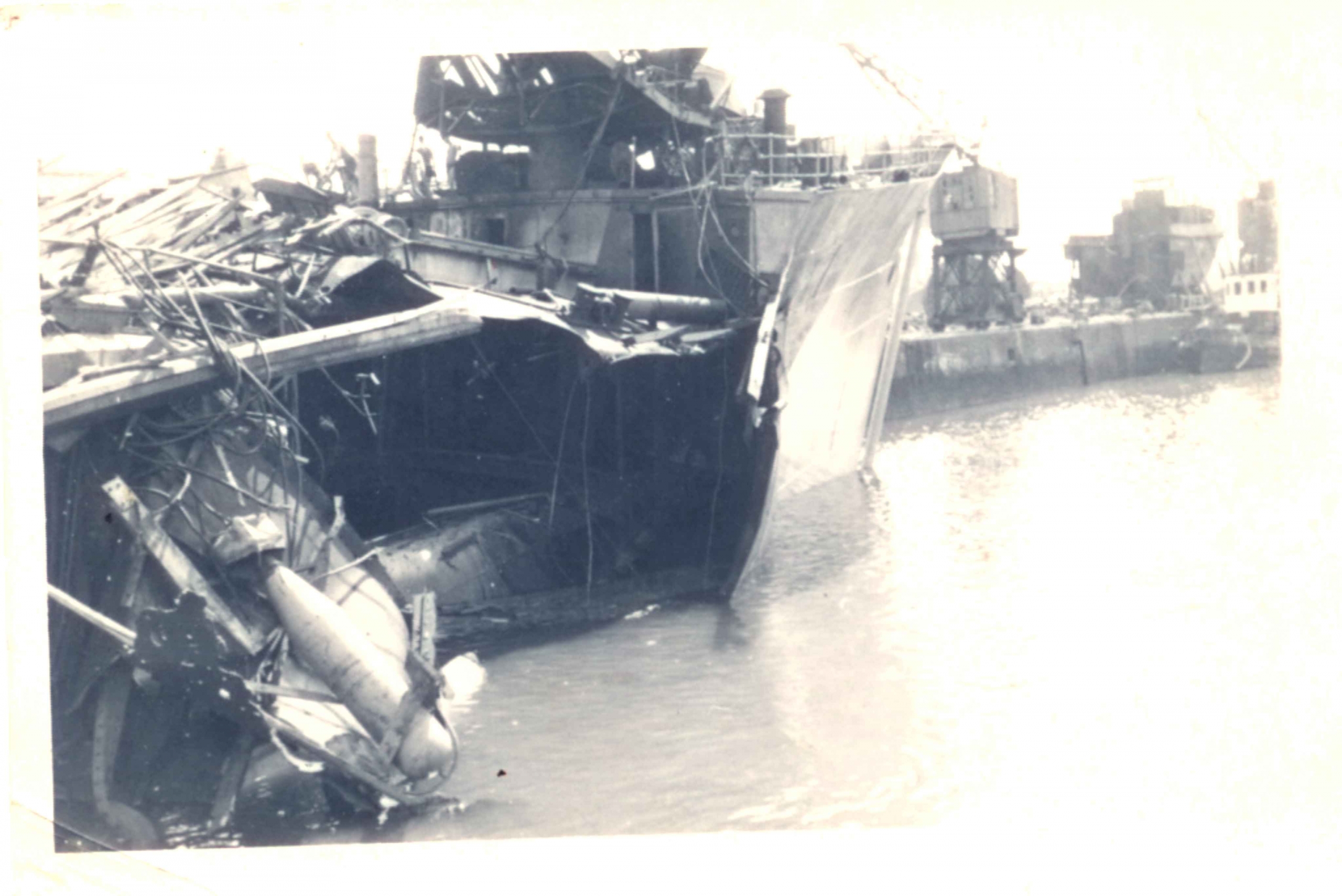
Dieses beschädigte Schiff musste er in führender Position als französischer Kriegsgefangener wieder reparieren. Das Schiff wurde 1948 nach Rotterdam geschleppt und mit Pumpen über Wasser gehalten. Mit 3 Mithäftlingen konnte er dabei in einem waagerechten Luftschacht, wie hier zu sehen, eingeschweißt fliehen und vor dem Anlegen unbemerkt über Bord springen. Ein vierter teilweise eingeweihter Mithäftling war zu Spät am vereinbarten Treffpunkt. Dieser ist dann rufend nach Herrmann über das Schiff gelaufen. Er wurde verhaftet und hat die Kriegsgefangenschaft leider nicht überlebt.
Von Rotterdamm ist er dann nach Hause gekommen.

Von 1953 fuhr er bei der Deutschen Levante Linie im Mittelmeer Raum auf der “Libanon”. Zufällig wurde ein Foto des Schiffes in Hamburg als Deckblatt- Umschlag für das Buch über Schiffe benutzt.
Später ist er auf Schleppern der Unter Weser Rederei Bremerhaven gefahren.
1957 wurde der Film “Haie und kleine Fische” auch mit Hilfe und an Bord der Schiffes von Herrmann gedreht. Siehe Film im Link. Der Regiseur Frank Wisbar hat dabei von den oben gezeigten Bildern und der Flucht erfahren und wollte die Erlebnisse von Hermann in einem Film herausbringen. Er wollte nicht, da er bis zum Lebensende oft Alpträume hatte.
Später ist er auf Schleppern der Unter Weser Rederei Bremerhaven gefahren.
Bis zur Rente war er bei Bahlsen und den Stadtwerklen als Maschinenleiter des Heizkraftwerkes tätig.
1/ 1992 ist er gestorben


